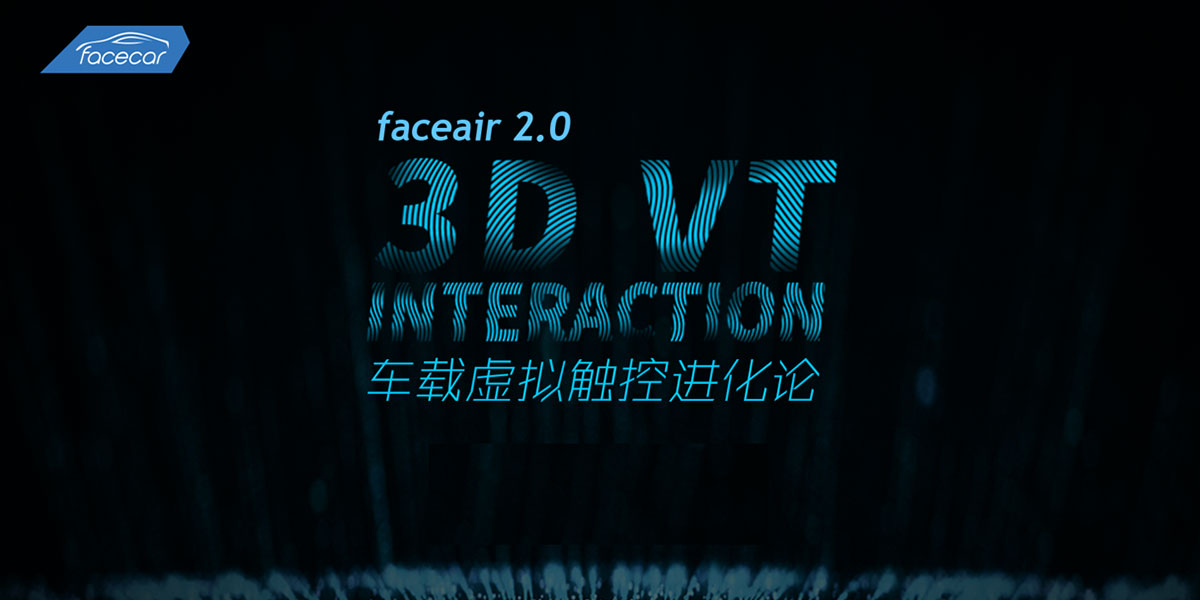
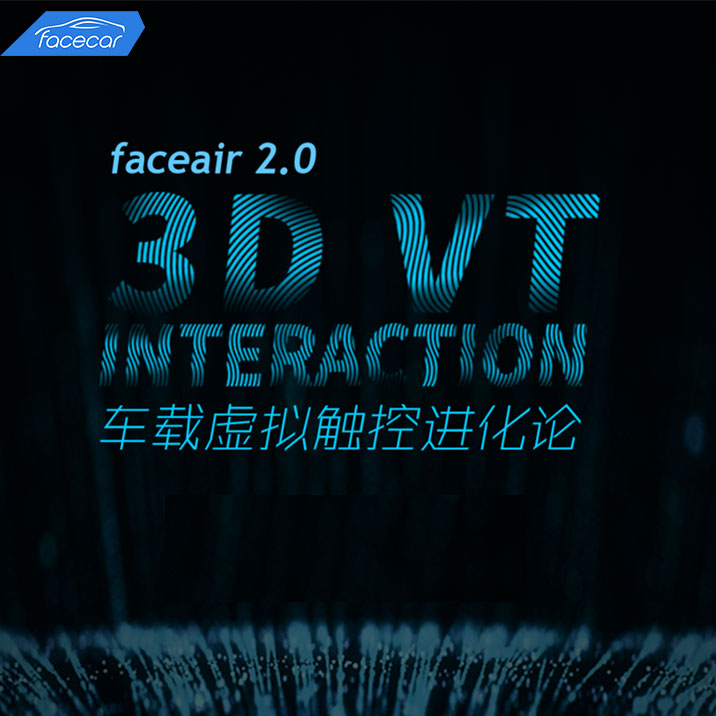


facecar successfully held faceair 2.0 global launch event of 「3D VT INTERACTION Vehicle-mounted Virtual Touch Evolution」 during the Shanghai International Automobile Industry Exhibition on April 27, 2019, and this online launch event successfully attracted nearly thousands of audiences to watch and discuss.
Persons in charge of intelligent technology and product planning of numerous automobile enterprises and interdisciplinary experts of retailing and fast-moving consumer goods industry, financial planning, smart home, health care, and artificial intelligence attended the launch event in person, and witnessed the faceair 2.0 global launch event.
The newly released faceair 2.0 technology successfully realized the cinema-level audiovisual experience with naked-eye holography, and created the immersive touch sense through the virtual touch feedback, reflecting its true essence invisibly.
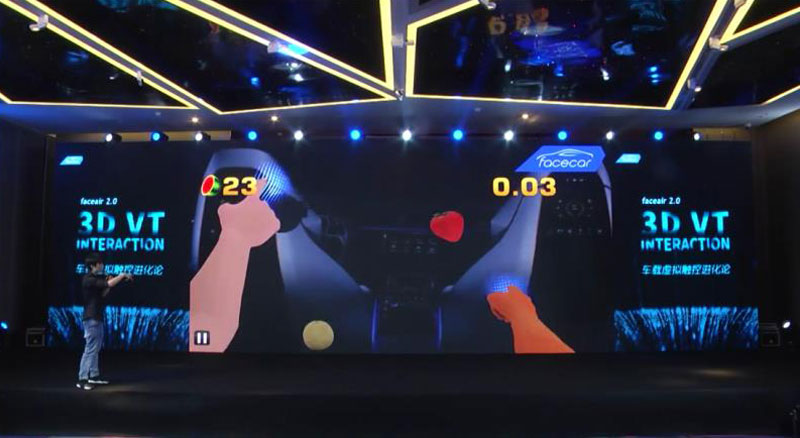
3D VT Interaction, namely, 3D suspended intelligent display + virtual touch feedback, is the optimization and extension of aerial intelligent display technology made on the basis of medium-free holography released by facecar last year, realizes virtual but having vertical feeling 3D pictures, gives the real tactile feedback when conducting the gesture operation in the air, which greatly improves the accuracy of operation and control and the practical sense of operation.
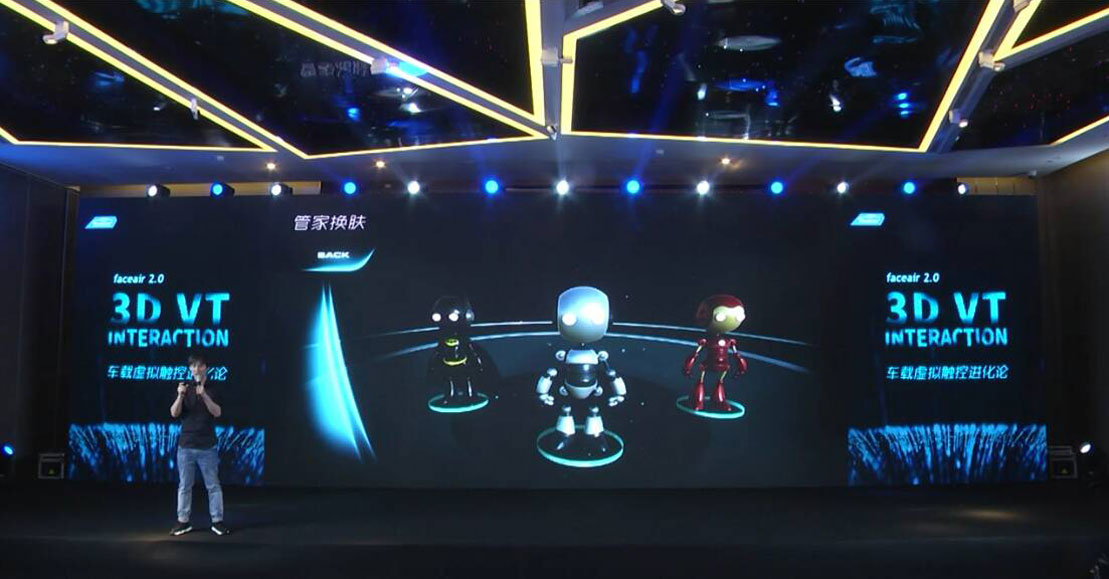
faceair 1.0 Review
Sheva Zhu, the Experience Innovation Director of facecar specially released the vehicle-mounted virtual touch technology and demonstrated this technology in this launch event; shared the application and future trend of vehicle-mounted virtual in the intelligent automobile industry; deeply explored the pain points of traveling scenario experience in the automobile field, analyzed and interpreted the examples of Shanghai International Automobile Industry Exhibition, and more clearly explained the solutions of specific scenarios in the vehicle-mounted application of faceair 2.0 to audiences.
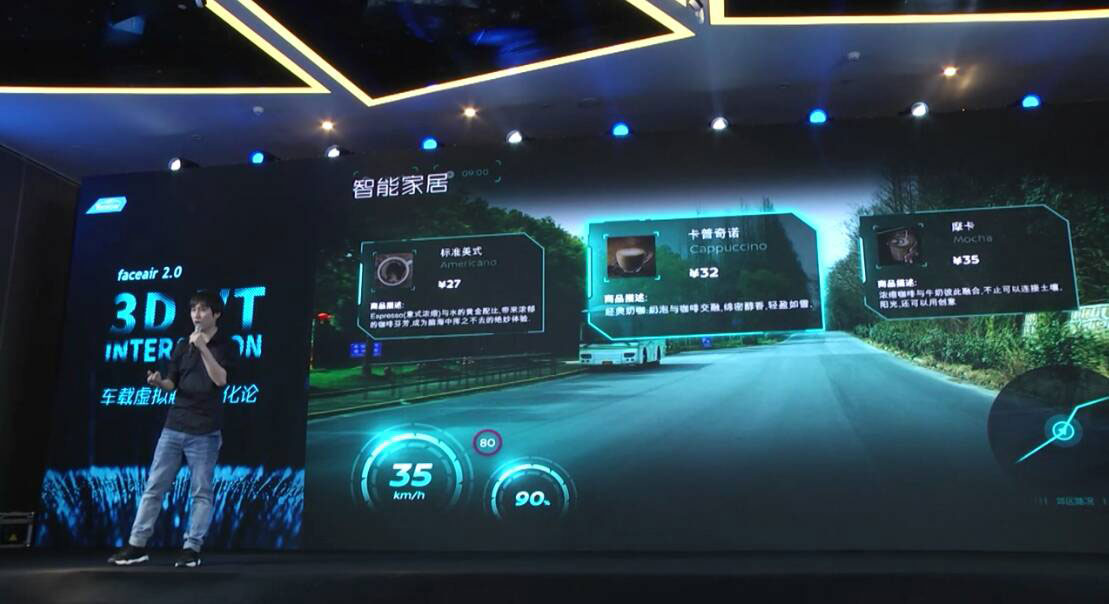
Pain points of travel scenarios
The life cycle of "human-car" refers to the duration starting from the purchase of the vehicle to the use termination of the vehicle. For users, the life cycle refers to the period before getting in, in the process of getting in and after getting in the vehicle. In the life cycle, how to make users feel the sense of safety and happiness, even the sense of the future.
In the course of "human-car" life cycle, there are many innovation opportunity spaces in terms of user safety and user operation and control and other aspects. faceair also emphatically applies these innovation spaces to improve the travel safety, increase the pleasure and reduce risks.
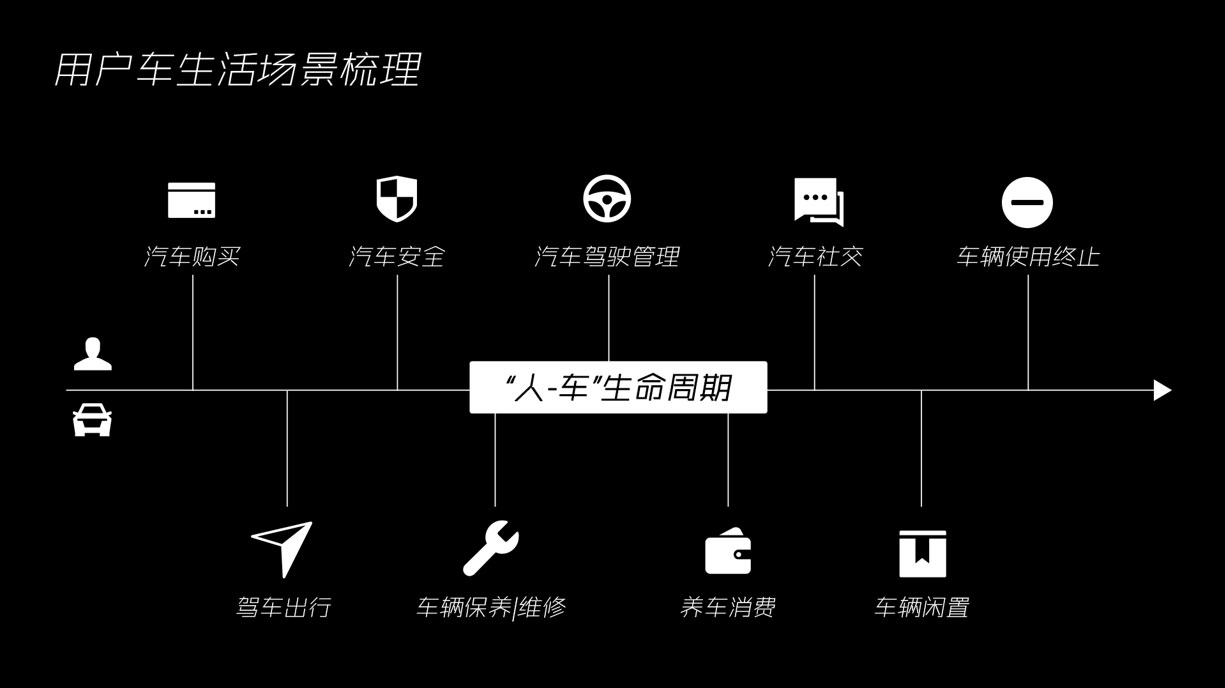
01 Driving travel scenarios
Pain points:In the traveling process, many scenarios give users a non-closed-loop experience, which is mainly focused on the user proactive experience. For example, the large-size screen of the vehicle displays lots of information on it, but users shall proactively select or operate and control it. In case of no proactive operation of users, the interaction effect won't be achieved.
Solution:The multichannel information integration actually promotes users to be passively interacted, and makes vehicles have a better understanding of users and users' needs. The vehicle can clearly know about the next interaction of users, and the passive interaction, and make the vehicle and the human more perfect integration.
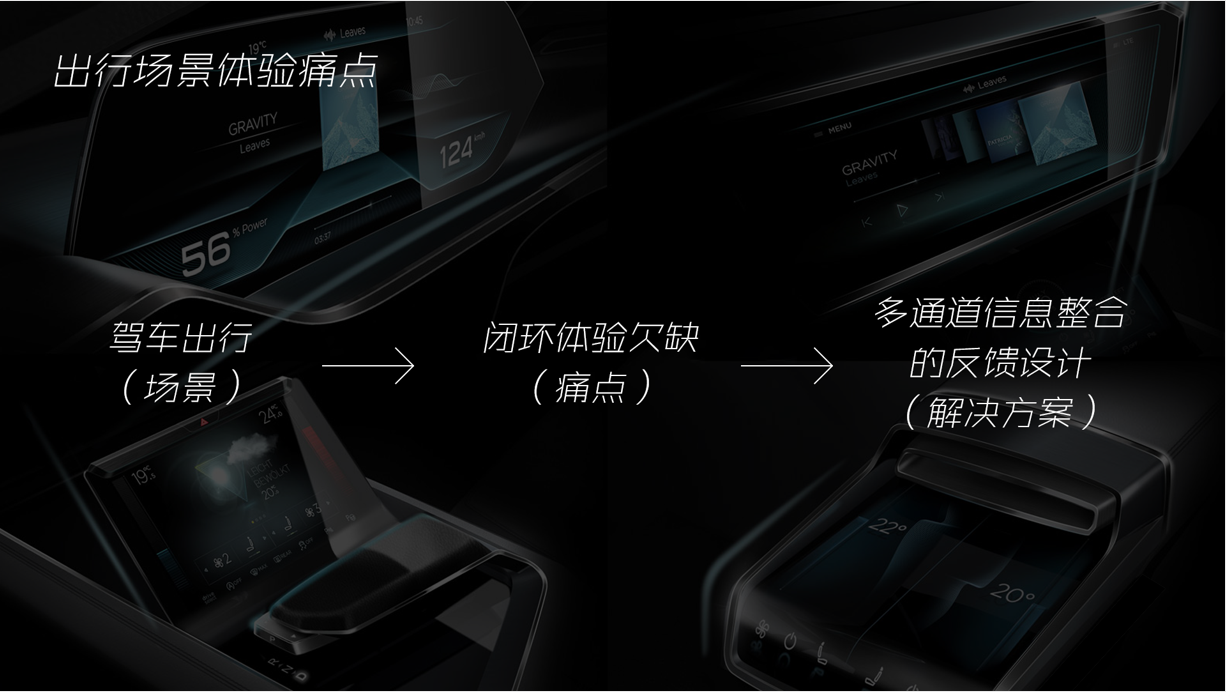
02 Vehicle scenarios safety
Pain points: The vehicle safety relates to not only the safety of drivers or passengers, but also the safety of the vehicle itself. Although bigger screen can display more information, it also distracts the attention of drivers. So it's difficult for drivers to focus the front position in the process of driving.
Solution: To give users a natural immersive experience under the current conditions by means of holographic or multi-terminal linkage, instead of just staring at the big screen. The vehicle cockpit is the space rather than the screen. Taking the space experience as the design starting point gives users more immersive experience.
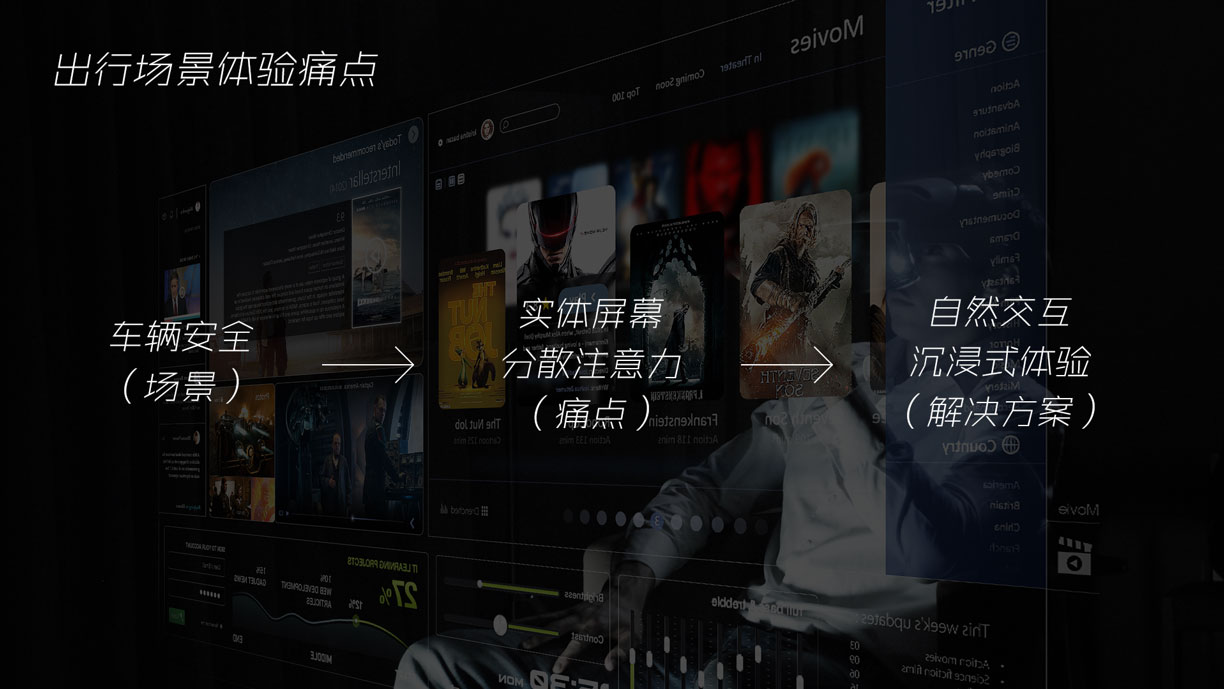
03 Multi-people travel scenarios
Pain points: The multi-people travel refers to the travel of many people in one space or the travel of many people in many spaces. The interaction between areas of fellow travelers and vehicles has a weak spatial interaction at present. That is to say there is basically no interaction.
Solution: The spatial interaction experience can better promote users to interact with each other in the same space, such as the regional interaction between the driver and the front passenger, and between people sitting in the front row and the rear row, and all users in the same scenario can participate in the interaction. For example, if the catering service is required, people sitting in the front row and the rear row can select the menu at the same time.
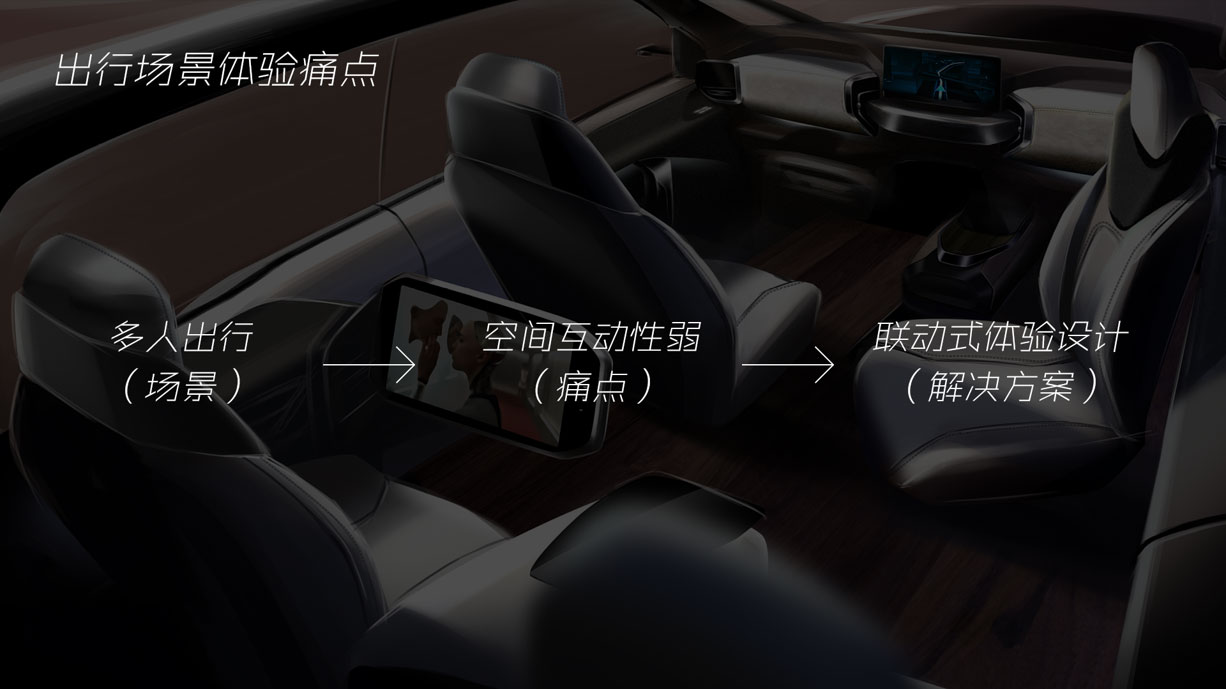
The future is the era for intelligent travel, and all kinds of scenarios will be closer to passengers and drivers. The perception of cockpit is no longer the simple physical perception, and the safety is one of the concerns of users forever. More holographic touch operation or multichannel interaction experience is applied in the vehicle, integrating the travel scenario with greater wisdom scenarios when ensuring the safety.
The virtual touch operation mode endows a greater feedback capability for the vehicle, and proactively "communicates" with users to have a more understanding of users. It just likes the feeling of unity of human and vehicle, and gives drivers more time and energy to do their own things when the vehicle is safely running.
faceair vehicle-mounted application
faceair2.0 takes the virtual housekeeper as the emotional center, associates the information linkage, breaks the selection entrance of one-way information of faceair 1.0, and implants the real naked-eye holography to make users feel the real 3D effect. The ultrasonic feedback makes users to truly and personally feel the physical feedback experience, not only to see it, but also to feel it.
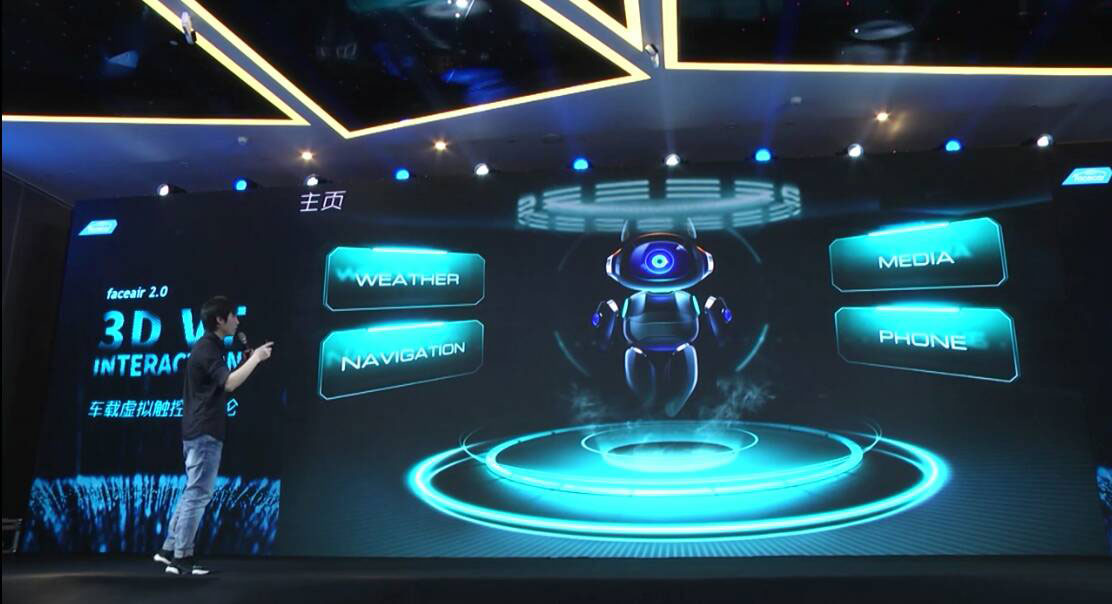
In the interior space of the vehicle, the holographic display as well as the multichannel interaction can be utilized, such as gesture application: clicking to start, dragging and sliding, zooming in and out, and grabbing and so on. The conventional control of all these gestures has the physical feedback of ultrasound wave, which can be operated randomly and even blindly.

There is no need for users to stare at the screen any more. Users can feel the function that they want to operate with their hands, and can even magnify the operation space, for example, to operate when displaying in front of them. And the touch feedback gives users more sense of pleasure.
The operation of many physical keys can be simulated based on the ultrasonic feedback, such as, the movement of physical knobs, and buttons on the gamepad. In this way, more experience can be associated, for example, to control the air-conditioning's temperature, and play entertainment & games inside the vehicle.
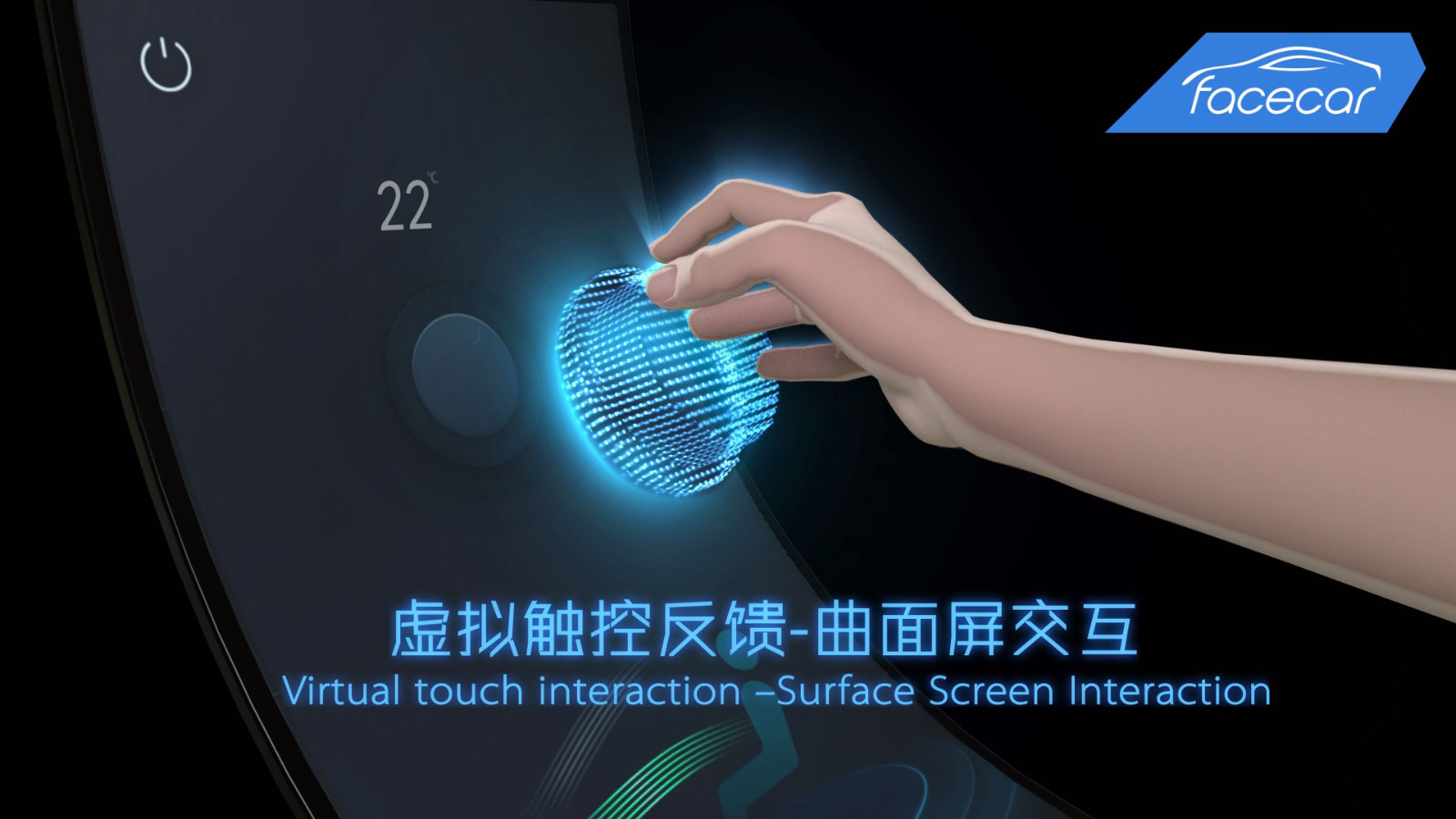
3D holography allows users to experience the strong visual impression, to feel real 3D effect in the air, and to experience the interior space of the vehicle in a more immersive way, for example, the real navigation routes and multiplayer games at the rear row. Different virtual spaces will present different feelings.
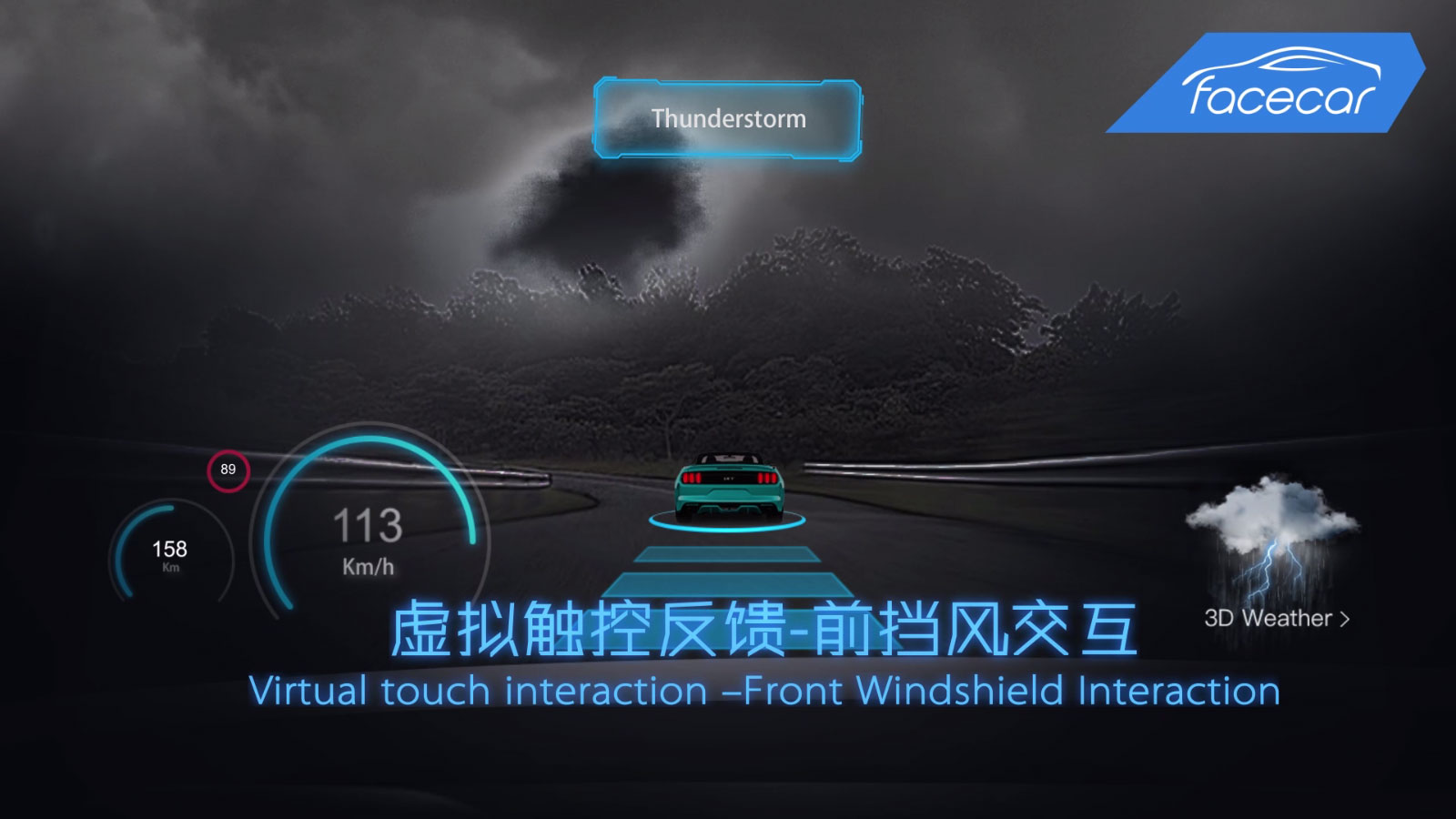
In the future, faceair will set up more scenarios to improve the level of users' pleasure in the vehicle by combining the 360°holographic experience with real feedback technology, and to allow users to experience better service in the vehicle.
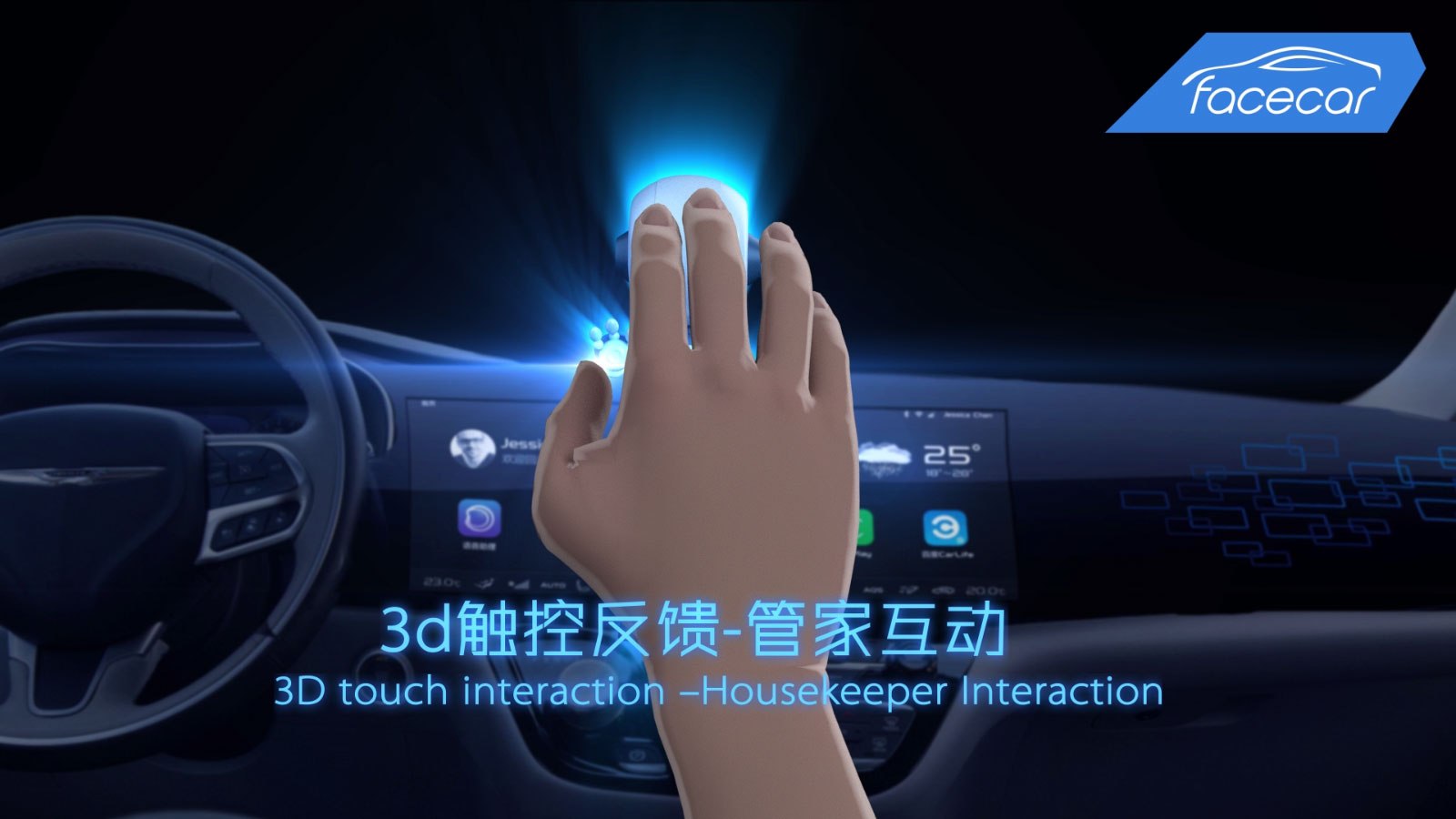
The innovative vision and thinking model of facecar will focus on the small space inside the vehicle and large space outside the vehicle in the future. facecar explores the interaction of the inside small pace and large outside space mainly based on the technology and by taking the upper innovative scenarios as the guiding to construct the possibility of the innovation and gradually promote the partial technologies to achieve the mass production.
facecar promotes the revolution of the intelligent automobile by scenario experience and intelligent technology.

在微信中搜索faceui
或保存二维码在微信中打开